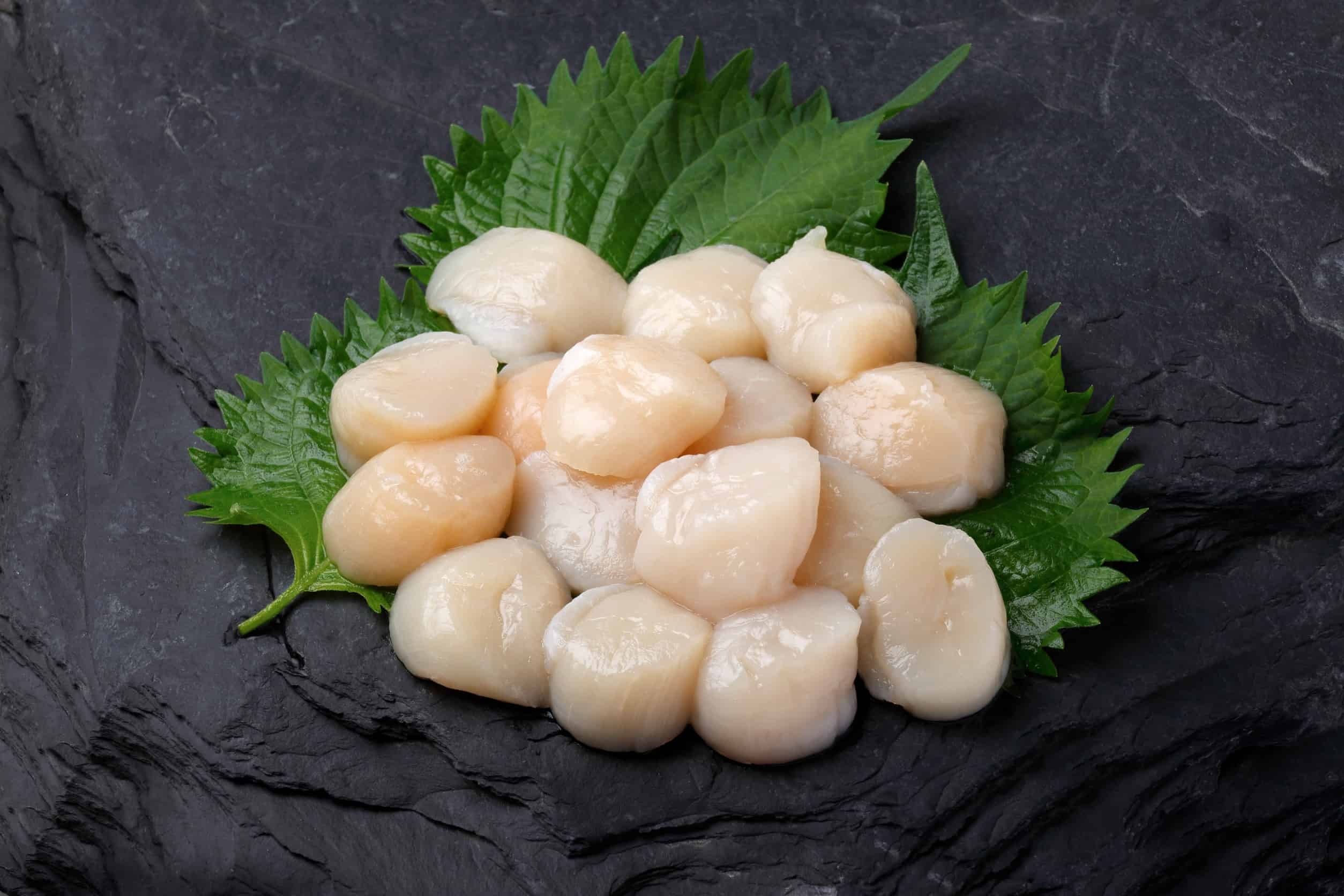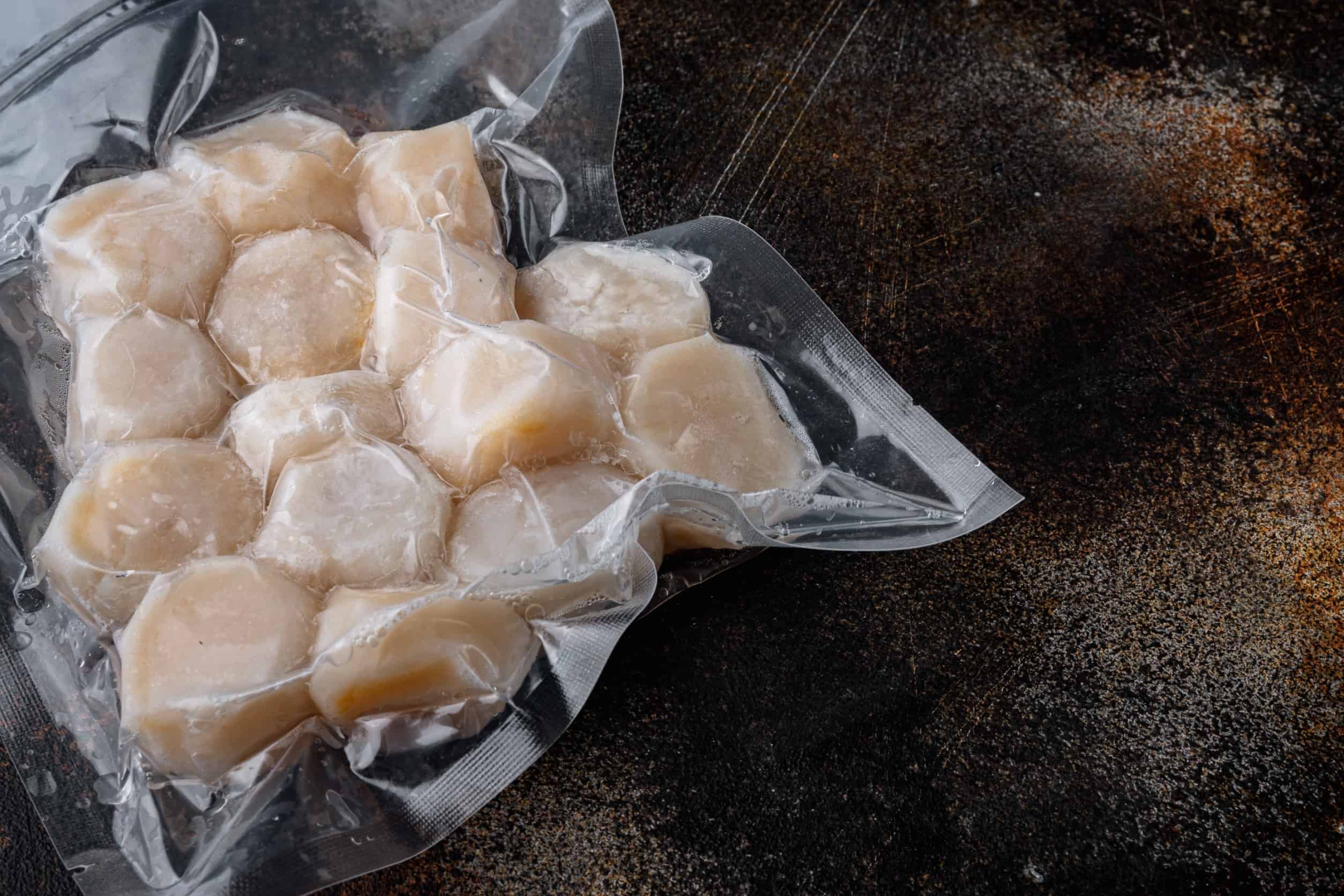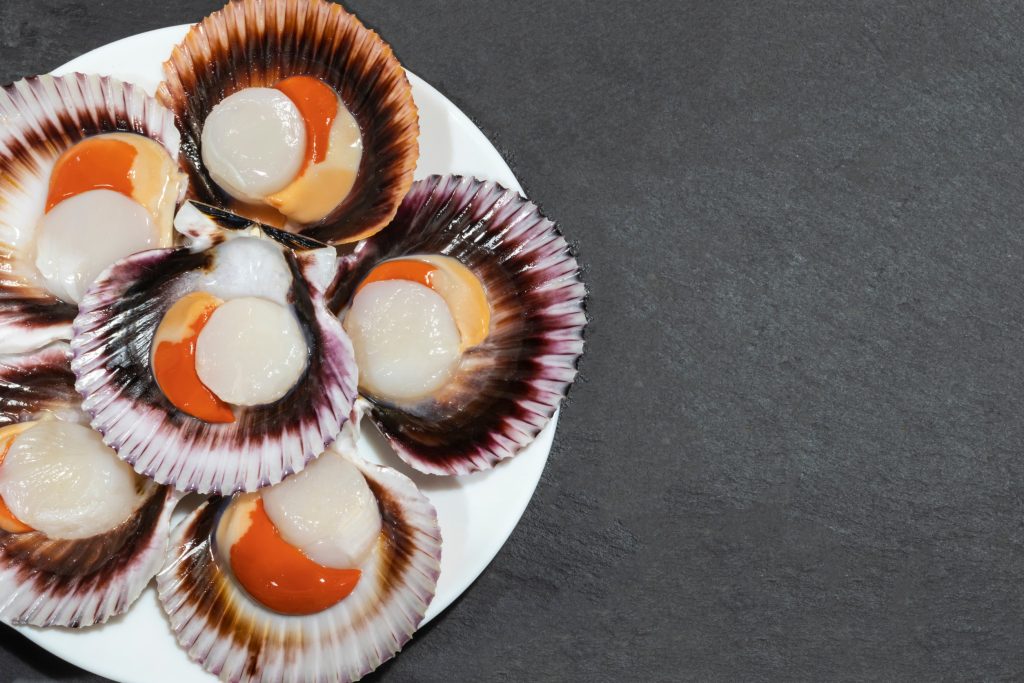Scallops are a delicious and versatile seafood option that can be used in many dishes. However, if you ever find yourself with leftover scallops, you may be wondering whether it is safe to refreeze them.
According to the USDA, it is safe to refreeze seafood as long as it has been handled properly and has not been left in the danger zone temperature range (between 40°F and 140°F) for more than two hours. So with the right conditions, you can refreeze scallops.
But there are some considerations that you have to keep in mind, as refreezing scallops incorrectly can lead to the growth of harmful bacteria and increase the risk of foodborne illness.
In this article, we’ll investigate the topic of refreezing scallops and provide you with three (3) safe ways to do it. That way, you can rest assured knowing you are taking the necessary measures to keep yourself and your loved ones healthy.
Factors to Consider Before Refreezing Scallops

When it comes to refreezing scallops, there are several factors that you should consider to ensure their safety and quality.
1. Time
Scallops are a highly perishable food. In as little as 2 hours outside the freezer, bacteria will start to grow and multiply in them. So if your scallops have been left outside for too long, they should be discarded for safety and health reasons.
2. Quality
Aside from the risk of foodborne illness, another important factor that you have to consider is the decrease in the scallops’ quality. Once they are fully thawed, it’s best to cook them immediately so they can retain their freshness.
If they are refrozen, ice crystals will form once again and result in a further loss of texture and flavor. Furthermore, your scallops could also absorb odors from other foods in your freezer, which can alter their taste.
3. Number of Times the Scallops were Frozen
Each time your scallops at home are frozen and thawed, their quality and safety will be compromised more than the last time. So it is only a matter of time before the risk of bacterial contamination is too high for you to eat them at all.
Safe Ways to Refreeze Scallops
If you have decided to refreeze your scallops, it is crucial to do so safely to avoid any contamination or deterioration in quality. Here are three safe ways to refreeze scallops:
Partial Thawing Method
If you don’t need all your scallops at once, the method of partial thawing works great. Simply take whatever amount of scallops you need for your dish and store the rest in the freezer.
Once you have the scallops you need, you can thaw them slowly by placing them in the refrigerator for several hours to let them partially thaw. Then, you can start cooking them as usual.
If you have any leftover scallops in your fridge that you weren’t able to cook, you can just put them back into the freezer as long as you make sure that they are still partially frozen.
Vacuum-sealing Method

If you had fully thawed scallops that you weren’t able to put back into the freezer when they were still partially frozen, then vacuum-sealing them could do the trick.
First, make sure that your scallops are completely thawed so they won’t develop ice crystals when frozen. Next, place them in a vacuum-sealed bag and remove as much air as possible so there will be no moisture inside.
This process would reduce the risk of freezer burn in your scallops, preserve their quality for future use, and prolong their shelf life.
Once the bags are sealed, you can place the scallops inside the freezer and store them until you need them in your dishes.
Flash-freezing Method
Another method that can be used to refreeze scallops is by flash-freezing them, but this method requires the use of a blast freezer, which isn’t available in most households.
But if you happen to have a small blast freezer at home, its extremely low temperatures of below -30°F will help preserve the texture and flavor of your scallops.
Simply spread the scallops out on a baking sheet and put them inside your blast freezer for a couple of hours. Once they are frozen solid, you can transfer them to a freezer-safe container or bag.
But no matter which method you choose, remember that you have to label the scallops with the date of freezing so you can keep track of how long they have been stored.
You should also note how many times you have refrozen your scallops. However, you should try to avoid doing that in the first place.
Additional Preparation Tips for Refrozen Scallops
Thawing refrozen scallops is best done slowly in the refrigerator overnight or for several hours until they are completely thawed. Avoid using hot water or a microwave to thaw them, as this can result in uneven cooking and a loss of quality.
A good rule of thumb is to cook refrozen scallops for 2-3 minutes on each side in a hot skillet or grill until they are opaque and lightly browned to ensure that any potential bacteria have been destroyed.
It’s also important to use complementary flavors that enhance the natural sweetness of scallops. Lemon, garlic, butter, and herbs such as parsley and thyme are great choices.
Final Thoughts
The best way to ensure the highest quality and safety of scallops is to consume them fresh. But while it is generally not recommended to refreeze them, there are safe ways to do so that can preserve their quality and flavor.
Refreezing scallops is a delicate process that requires careful consideration of safety and quality concerns. But with the tips mentioned in this article, you can confidently enjoy your favorite scallop dishes while also reducing your food waste at home.

